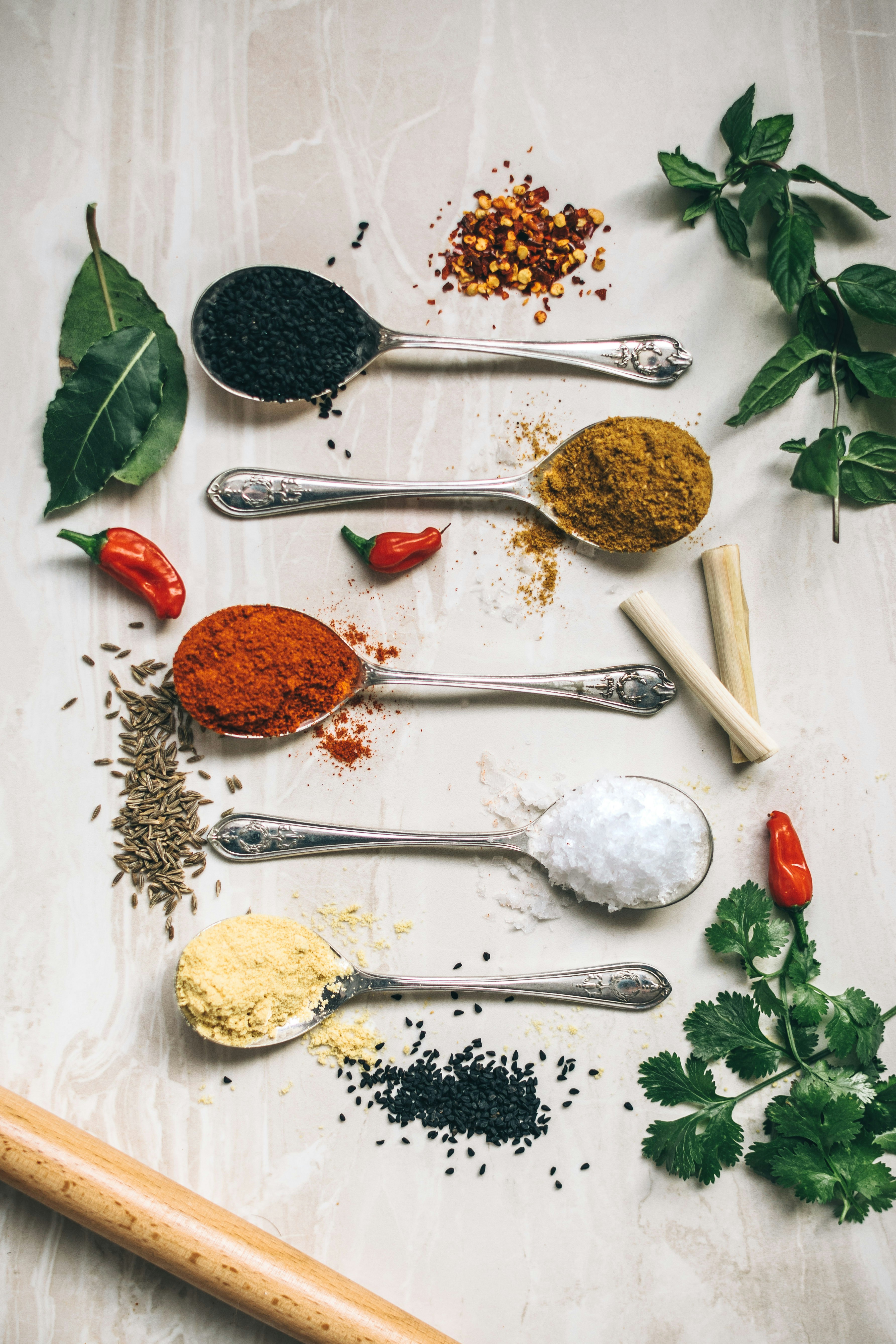Tariff Turmoil: Cooking up a global crisis

A Chaotic Recipe for 2025
Ingredients:
1 cup of U.S. steel & aluminium tariffs
- We start with a solid base — 25% tariffs on steel and aluminium imports from all countries, which kicked off the global trade chaos. It’s protectionism in a big way.
1 teaspoon of Section 232 & 301 spice
- Add a pinch of Section 232 and 301 — that’s the U.S. saying, ‘Hey, national security and intellectual property come first!’ This justifies the tariffs on steel, aluminium, and certain goods from China.
2 tablespoons of Chinese retaliatory tariffs
- China fires back — 34% tariffs on U.S. imports, bringing their total tariff rate in April to 84% on U.S. goods after the U.S. tariffs. A sharp, spicy comeback!
1 large dash of auto import tariffs
- Now, let’s add a 25% tariff on automobile imports, hitting vehicles from Europe, Canada, and Mexico. A heavy hitter in the international car market.
A pinch of Canadian & Mexican tariff standoff
- Don’t forget your neighbours! Canada and Mexico maintain 25% tariffs on U.S. goods, except those that comply with the USMCA. For certain goods like energy and potash, it's just a 10% tariff. The chill is real at the borders.
2 cups of EU retaliatory tariffs (Set to begin April 15, 2025)
- As if that wasn’t enough, the EU plans to hit U.S. goods with €21 billion ($23 billion) worth of retaliatory tariffs — hitting everything from soybeans and poultry to motorcycles and yachts. This is going to be a heavy serving.
A dash of global tariff turbulence
- Hold onto your wallets! On April 5, 2025, President Trump dropped a 10% baseline tariff on all imports. But that’s not the end — additional tariffs are slapped on over 90 countries, reaching 50% on specific imports. And don't forget, China’s tariffs rise to 125%. Hot stuff.
Ingredient twist
- After all that heat, the U.S. decides to simmer things down. For the next 90 days, tariffs on most countries drop back to the baseline 10% — nice and gentle. But don’t forget, China’s still stuck at 125% — no reduction for them. It’s a temporary reprieve, but just like any good dish, it might boil over again.
2 teaspoons of WTO frustration
- Global trade is stuck in a mess. The WTO is watching this simmer, but they’re powerless to intervene as countries dig in and ramp up their retaliations. 2 teaspoons of WTO frustration.
- Global dissatisfaction with the trade tensions and tariffs, as the WTO faces challenges in mediating the escalating disputes.
A sprinkle of global trade uncertainty
- Reflects the overall unpredictability in global markets due to ongoing trade disputes.
Directions:
Heat up the global kitchen –
In February 2025, President Trump signed Executive Order 14195, establishing a new 10% baseline tariff on all Chinese imports, effective February 4, 2025.
Add Chinese tariffs like hot sauce –
In retaliation, China imposed a 15% tariff on U.S. coals and liquefied natural gas, and a 10% tariff on U.S. oil and agricultural machines, effective February 10, 2025.
Stir in some U.S.-EU auto tariffs –
The U.S. maintains a 25% tariff on automobile imports, affecting vehicles from the EU, Canada, and Mexico.
Sprinkle in WTO frustration –
The World Trade Organisation faces challenges in mediating the escalating trade disputes, leading to global concerns.
EU's Latest Retaliation (April 10, 2025) –
The EU has imposed retaliatory tariffs on U.S. goods, including a 20% tariff on imports from the U.S., affecting products such as motorcycles, whiskey, and jeans.
Add a few additional spice adjustments –
On April 9, 2025, President Trump announced a 90-day pause on most global import tariffs, maintaining a 10% baseline rate while raising tariffs on Chinese imports to 125%, effective immediately. This was followed by China’s response, where they retaliated by further increasing tariffs on U.S. products by another 10% on critical U.S. agricultural exports and electronics. This reaction aims to disrupt U.S. exports to the Chinese market significantly.
Let it all simmer and see the global effects –
The escalating tariffs contribute to global trade uncertainty, affecting markets and international relations.
Final Presentation:
This Global Tariff Stew is a complex blend of bold flavours, each representing the intricate web of international trade relations as of April 10, 2025. The precise measurements reflect the current tariff rates and their sources, offering a nuanced understanding of the global economic landscape.
Note: The figures and sources provided are based on the latest available information up to April 10, 2025. For the most current and detailed data, please refer to official trade publications and government releases.